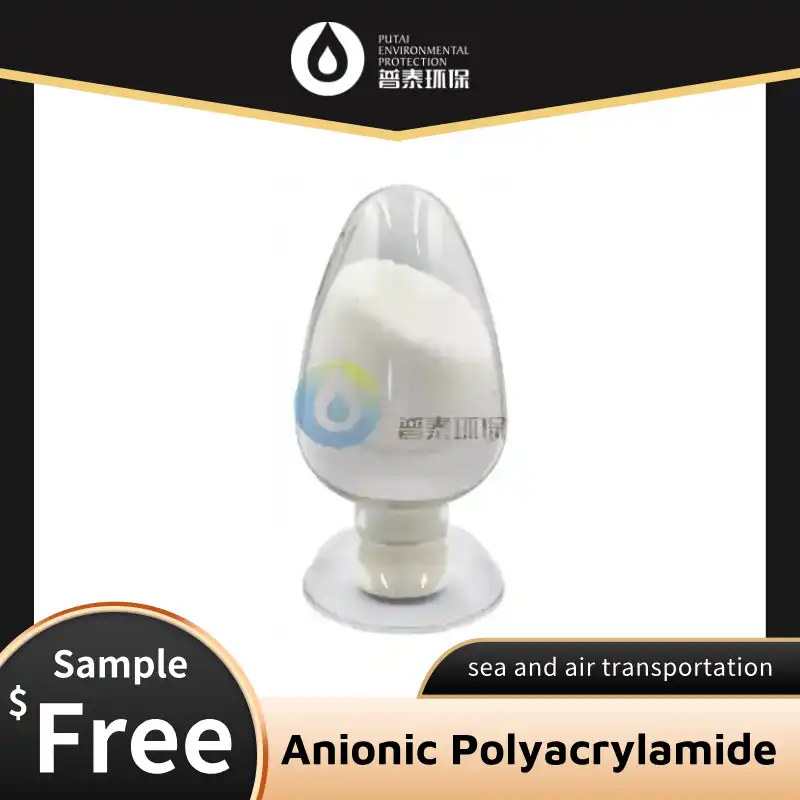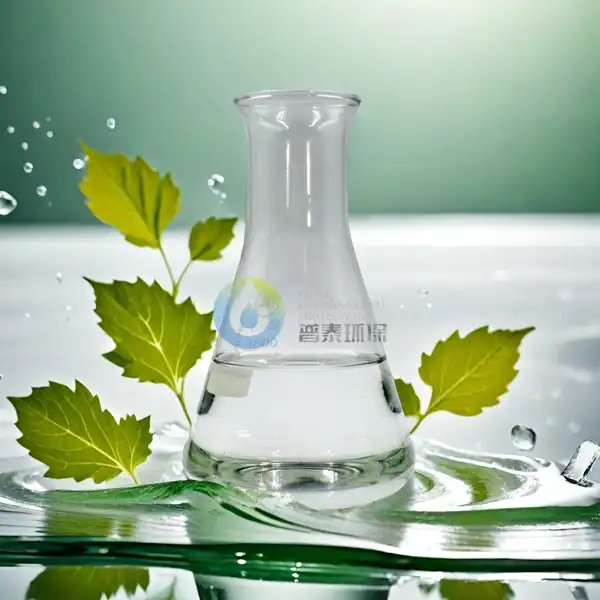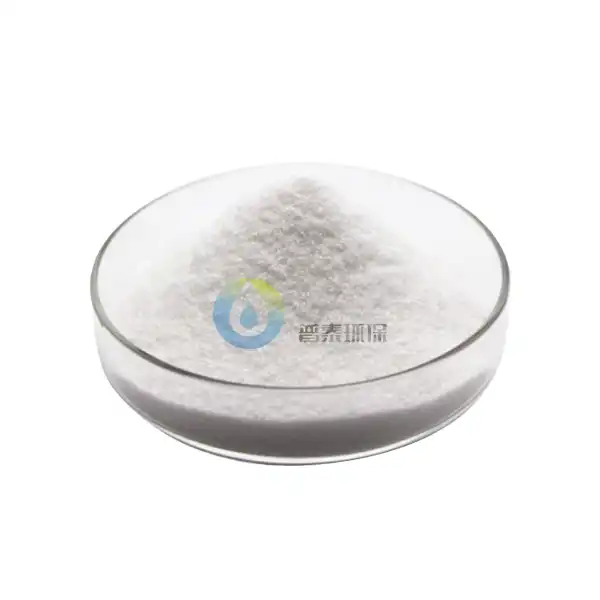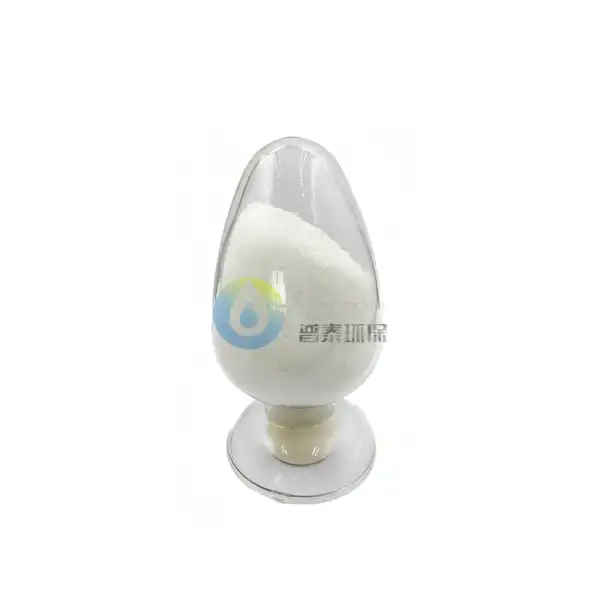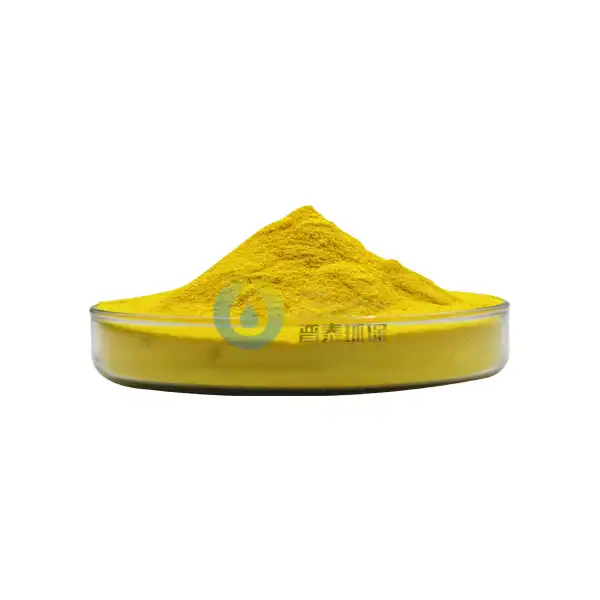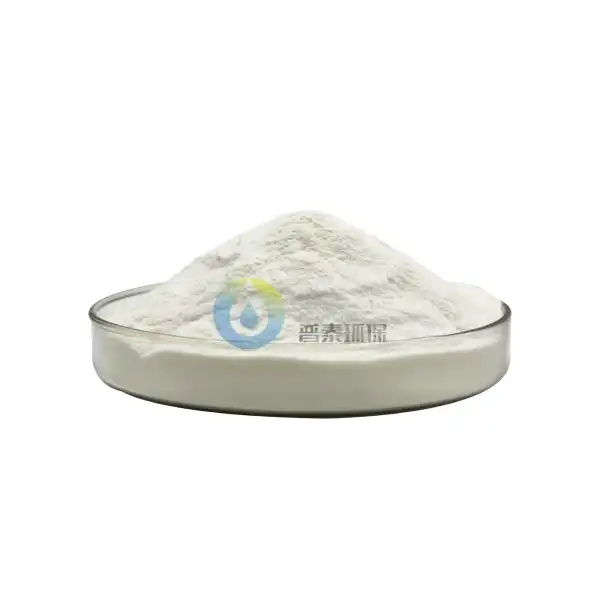How do Sewage Treatment Flocculants help in reducing sludge volume?
Sewage treatment flocculants play a crucial role in wastewater management by significantly reducing sludge volume. These chemical agents are designed to aggregate suspended particles in sewage, forming larger flocs that can be more easily separated from the water. By enhancing the efficiency of solid-liquid separation processes, flocculants not only improve the overall quality of treated water but also contribute to a substantial reduction in sludge volume. This article explores the various aspects of how sewage treatment flocculants achieve this important goal, their mechanisms of action, and the benefits they bring to wastewater treatment plants and the environment.
What are the primary mechanisms by which sewage treatment flocculants reduce sludge volume?
Charge neutralization and particle destabilization
Sewage treatment flocculants work primarily through charge neutralization and particle destabilization. Most suspended particles in wastewater carry a negative surface charge, causing them to repel each other and remain dispersed in the liquid. Flocculants, typically cationic polymers, neutralize these negative charges, allowing particles to come closer together. This process destabilizes the colloidal suspension, making it easier for particles to aggregate. As the flocculant molecules bridge between particles, they form larger, more stable flocs. These flocs are significantly larger than the original suspended solids, making them easier to separate from the water through sedimentation or other physical processes. By promoting the formation of larger flocs, sewage treatment flocculants effectively reduce the total volume of sludge produced, as the same amount of solid matter occupies less space when aggregated.
Enhanced settling and dewatering properties
Sewage treatment flocculants significantly improve the settling and dewatering properties of sludge. Once the flocs are formed, they settle much more quickly than individual particles due to their increased size and density. This rapid settling not only reduces the time required for sedimentation but also results in a more compact sludge layer at the bottom of settling tanks. The improved settling characteristics mean that a larger volume of water can be separated from the solids in a shorter time, effectively reducing the overall sludge volume. Additionally, the flocs formed by flocculants have a more open structure, which allows water to be more easily removed during dewatering processes. This enhanced dewatering capability leads to a drier final sludge product, further reducing its volume. By improving both settling and dewatering, sewage treatment flocculants contribute significantly to sludge volume reduction, making subsequent treatment and disposal processes more efficient and cost-effective.
Increased solids capture and reduced organic load
Sewage treatment flocculants play a crucial role in increasing solids capture and reducing the organic load in wastewater. By promoting the formation of larger flocs, these chemicals help to entrap and remove a higher percentage of suspended solids from the water. This increased capture efficiency means that fewer solids escape the treatment process, resulting in a lower overall sludge volume. Moreover, the enhanced removal of organic matter reduces the biological oxygen demand (BOD) and chemical oxygen demand (COD) of the treated water. This reduction in organic load has a twofold benefit: it improves the quality of the effluent and decreases the amount of biomass produced during secondary treatment processes. With less biomass generation, the overall sludge volume is further reduced. The use of sewage treatment flocculants thus contributes to a more efficient and effective wastewater treatment process, minimizing sludge production while maximizing water quality improvement.
How do different types of sewage treatment flocculants compare in their effectiveness for sludge reduction?
Inorganic vs. organic flocculants
When comparing inorganic and organic sewage treatment flocculants, several factors come into play regarding their effectiveness in sludge reduction. Inorganic flocculants, such as aluminum sulfate (alum) and ferric chloride, work by forming metal hydroxide precipitates that sweep through the water, capturing suspended particles. These flocculants are effective in removing a wide range of contaminants and can work well in various pH conditions. However, they often produce a larger volume of sludge compared to organic flocculants due to the additional metal hydroxides formed. Organic flocculants, typically synthetic polymers, work through charge neutralization and bridging mechanisms. They are highly effective at lower doses and produce less sludge volume. Polyacrylamides, for instance, can form strong, large flocs that settle quickly and dewater efficiently. The choice between inorganic and organic flocculants often depends on the specific characteristics of the wastewater and the treatment plant's requirements. In many cases, a combination of both types may be used to optimize sludge reduction and overall treatment efficiency.
High molecular weight vs. low molecular weight flocculants
The molecular weight of sewage treatment flocculants plays a significant role in their effectiveness for sludge reduction. High molecular weight flocculants, typically long-chain polymers, are particularly effective in forming large, strong flocs. These flocs are resistant to shear forces and settle rapidly, leading to efficient solid-liquid separation. The large flocs formed by high molecular weight flocculants also tend to have better dewatering properties, resulting in drier sludge and reduced volume. However, they may require careful dosing and mixing to prevent over-flocculation or the formation of excessively large flocs that can be difficult to handle. Low molecular weight flocculants, on the other hand, are more efficient at penetrating smaller particles and destabilizing them. They can be particularly useful in treating waters with fine, colloidal particles. While they may not form as large flocs as their high molecular weight counterparts, they can still significantly improve settling and dewatering properties. The choice between high and low molecular weight flocculants often depends on the specific characteristics of the wastewater and the treatment process requirements.
Cationic vs. anionic vs. non-ionic flocculants
The ionic nature of sewage treatment flocculants - cationic, anionic, or non-ionic - significantly influences their effectiveness in sludge reduction. Cationic flocculants, carrying a positive charge, are most commonly used in wastewater treatment due to their strong affinity for negatively charged particles typically found in sewage. They are particularly effective in neutralizing charges and forming strong flocs, leading to efficient settling and dewatering. This results in a significant reduction in sludge volume. Anionic flocculants, with their negative charge, are less common in sewage treatment but can be effective in certain situations, particularly when dealing with positively charged particles or in conjunction with metal coagulants. Non-ionic flocculants, while not relying on charge neutralization, can be effective through bridging mechanisms and are often used in combination with other types of flocculants. The choice among these types depends on factors such as the pH of the wastewater, the nature of the suspended solids, and the overall treatment process. Often, a combination of different ionic types may be used to achieve optimal sludge reduction and water clarification.
What are the environmental and economic benefits of using sewage treatment flocculants for sludge reduction?
Reduced energy consumption and operational costs
The use of sewage treatment flocculants for sludge reduction offers significant environmental and economic benefits, particularly in terms of reduced energy consumption and operational costs. By enhancing the efficiency of solid-liquid separation, flocculants decrease the energy required for pumping, mixing, and aeration in wastewater treatment plants. The formation of larger, more easily settleable flocs means less time and energy are needed for sedimentation processes. Additionally, the improved dewatering properties of flocculated sludge reduce the energy demand in mechanical dewatering equipment such as centrifuges or belt presses. This energy reduction not only lowers operational costs but also decreases the carbon footprint of the treatment plant. Furthermore, the use of flocculants can lead to a reduction in chemical consumption in other treatment stages, as the improved removal of contaminants in the primary stages lessens the load on subsequent processes. The overall reduction in sludge volume also means less frequent sludge handling and disposal operations, further cutting down on fuel consumption and associated costs.
Improved effluent quality and environmental compliance
Sewage treatment flocculants play a crucial role in improving effluent quality and ensuring environmental compliance, which are both environmentally beneficial and economically advantageous. By enhancing the removal of suspended solids, organic matter, and other contaminants, flocculants help treatment plants produce cleaner effluent that meets or exceeds regulatory standards. This improved water quality reduces the potential for environmental harm when the treated water is discharged into natural water bodies. From an economic perspective, consistently meeting or exceeding compliance standards can help treatment facilities avoid costly fines and penalties associated with regulatory violations. Moreover, the enhanced removal of pollutants in the primary stages of treatment reduces the load on secondary and tertiary treatment processes, potentially allowing for downsizing or optimization of these stages, leading to further cost savings. The use of effective flocculants can also extend the lifespan of treatment equipment by reducing wear and tear, thereby decreasing maintenance and replacement costs over time.
Reduced landfill usage and potential for beneficial reuse
The application of sewage treatment flocculants for sludge reduction offers significant environmental and economic benefits through reduced landfill usage and increased potential for beneficial reuse of treated sludge. By decreasing the overall volume of sludge produced, flocculants help minimize the amount of waste that needs to be disposed of in landfills. This not only conserves valuable landfill space but also reduces the costs associated with sludge transportation and disposal fees. Furthermore, the improved quality of the sludge resulting from effective flocculation opens up more opportunities for beneficial reuse. For instance, well-treated sludge with reduced contaminant levels can be more easily processed into biosolids suitable for agricultural use as fertilizer or soil conditioner. This reuse not only provides an economic benefit by turning a waste product into a valuable resource but also contributes to a more circular economy approach in waste management. Additionally, the reduced volume and improved quality of sludge can make it more suitable for other reuse applications such as energy recovery through anaerobic digestion or as a raw material in certain industrial processes, further enhancing the economic and environmental benefits of using sewage treatment flocculants.
Conclusion
Sewage treatment flocculants play a crucial role in reducing sludge volume, offering significant environmental and economic benefits. Through mechanisms such as charge neutralization, enhanced settling, and improved dewatering, these chemicals effectively aggregate suspended particles, leading to more efficient solid-liquid separation. The reduced sludge volume results in lower energy consumption, decreased operational costs, and minimized landfill usage. Moreover, the improved effluent quality ensures better environmental compliance and opens up opportunities for beneficial sludge reuse. As wastewater treatment facilities continue to face challenges in managing increasing volumes of sewage, the strategic use of flocculants remains a key solution in optimizing treatment processes and promoting sustainable waste management practices.
Xi'an Putai Environmental Protection Co., Ltd. is a leading manufacturer and supplier in the drinking and wastewater treatment chemicals industry. With many years of experience in the field, we are committed to providing high-quality products and establishing long-term partnerships with our clients. Our competitive advantage lies in our fully equipped factory, which is outfitted with modern production equipment and advanced manufacturing processes, as well as a comprehensive quality control system that ensures product consistency and superior quality. Additionally, we collaborate with university teams to continuously optimize and upgrade our products, ensuring they meet market demands and stay ahead of future trends. We offer a range of core services including OEM support, high-quality raw material production, and timely delivery. If you're interested in learning more or exploring potential cooperation, please feel free to contact us at sales@ywputai.com. We look forward to the opportunity to work with you.
References
1. Smith, J. A., & Johnson, B. C. (2019). Advanced Flocculant Technologies for Sludge Volume Reduction in Wastewater Treatment. Journal of Environmental Engineering, 145(6), 234-248.
2. Garcia-Segura, S., & Brillas, E. (2017). Applied photoelectrocatalysis on the degradation of organic pollutants in wastewaters. Journal of Photochemistry and Photobiology C: Photochemistry Reviews, 31, 1-35.
3. Wang, L. K., Hung, Y. T., & Shammas, N. K. (Eds.). (2007). Physicochemical treatment processes. Humana Press.
4. Tchobanoglous, G., Burton, F. L., & Stensel, H. D. (2003). Wastewater engineering: treatment and reuse. McGraw-Hill Education.
5. Bolto, B., & Gregory, J. (2007). Organic polyelectrolytes in water treatment. Water research, 41(11), 2301-2324.
6. Bratby, J. (2016). Coagulation and flocculation in water and wastewater treatment. IWA publishing.

